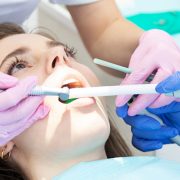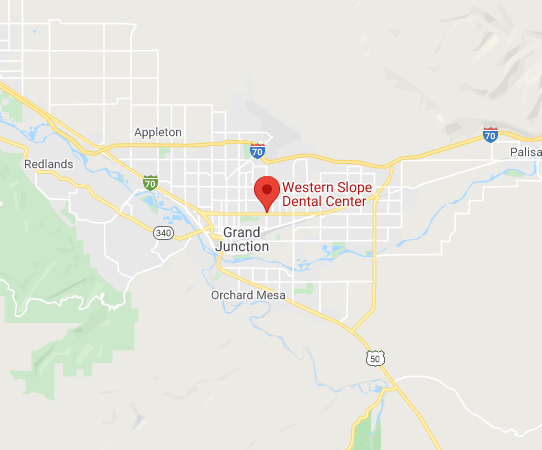How Do Oral Cancer Screenings Work?
Oral cancer screenings in Grand Junction, CO, help to detect symptoms early and save lives. According to the National Institute of Dental and Craniofacial Research, the five-year survival rate for all types of oral cancer combined is 68 percent.
Early detection is the leading reason that oral cancer has a higher survival rate than many other types of cancer. Dr. Brandon Berguin, Dr. Kira Funderburk, and Dr. William Berguin at Western Slope Dental Center are uniquely positioned to spot problems before you notice them.
What to Expect During Your Oral Cancer Exam
The oral cancer screening typically occurs after your hygienist has completed the cleaning portion of your bi-annual exam. Dr. Brandon Berguin, Dr. Kira Funderburk, or Dr. William Berguin, begins this portion of your exam by looking for white or red patches or sores on the inside of your mouth. The dentist working with you also feels for lumps or other types of unexpected growths in your mouth, throat, and neck with gloved hands.
If your dentist suspects an abnormality, the next step could involve using oral cancer screening dye or a screening light to get a better look at the bumps or patches. You must rinse your mouth with a blue dye that causes abnormal cells to appear blue, while normal cells do not change color. The oral cancer screening light causes abnormal cells to look white while normal cells appear darker.
We will ask you to return in a few weeks to see if anything has changed in the area where your dentist found abnormalities. You will need to have a biopsy performed, which may require a referral to your primary doctor or an oral cancer specialist.
Are you concerned about the possibility of oral cancer? Please reach out to schedule oral cancer screenings in Grand Junction, CO, today.



